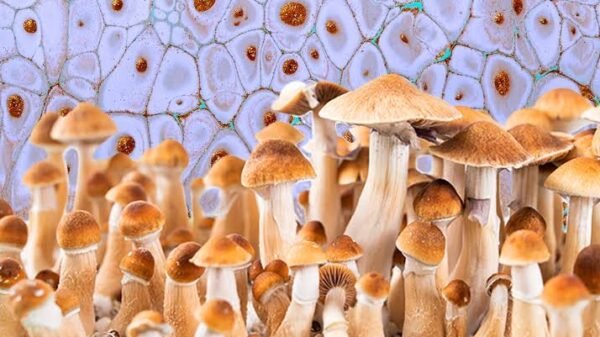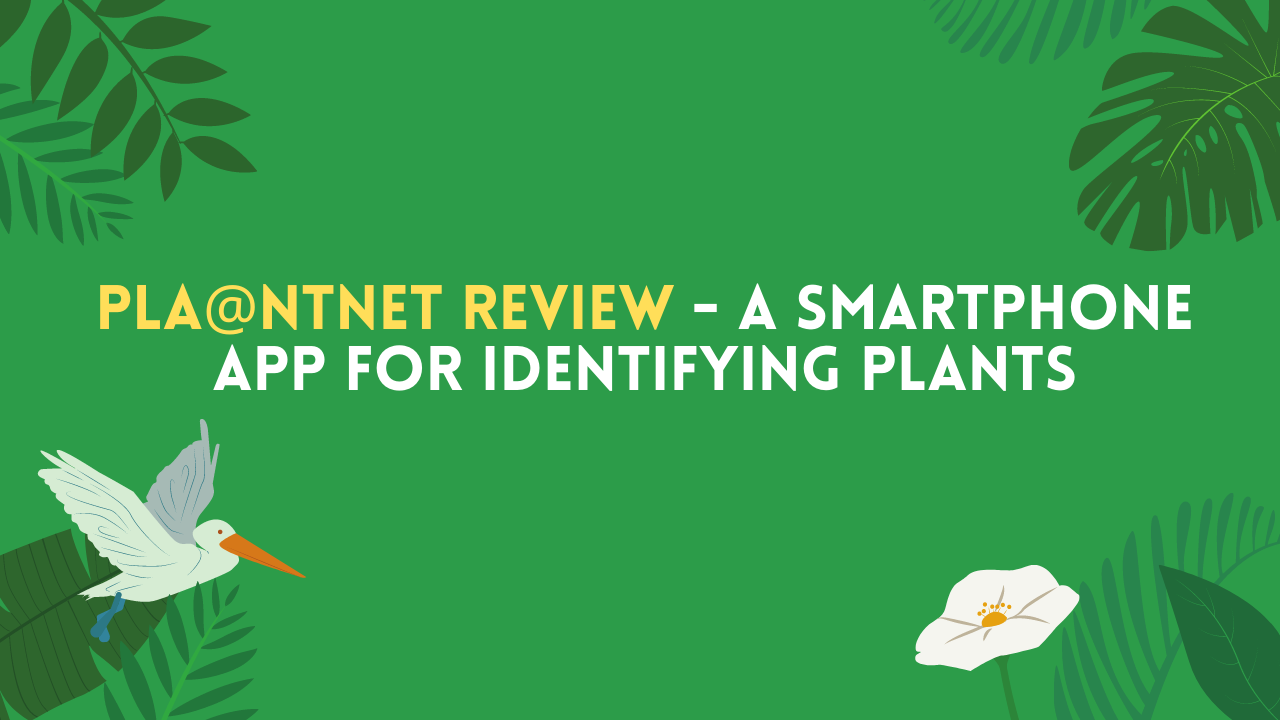PlantNet Plant Identification is a plant identification application for Android readers that we read about a while back. People can identify plants using a smartphone app that promises to make this simpler. Photographing any flower, tree, or other plant and letting image recognition software find its identity is all it takes. The PlantNet app is even considered a Shazam for plants and has been compared to it. You can imagine our excitement when finding out if that’s true. So, I used the app for a couple of months, and now I want to describe its features. Remember that we are not botanists, so whatever we talk about here only refers to our experience using the app:
In what way does PlantNet identify plants?
An Android app called PlantNet, which is also known as PlantNet, is a program for sharing and identifying plants on the fly. The app is a collaboration between scientists from research organizations in France, not ordinary people. Plant identification is done by using visual recognition software from the gallery on your Android smartphone, or by taking a photo of the plant you wish to identify.
PlantNet gains access to a larger database of plant species and images with each identification, so others are more likely to recognize plants using the app as the database grows.
If the plant isn’t in PlantNet’s database, it can’t be identified. Identifying plants from the database can only be done by adding them yourself, or by researchers like you. Through the collaboration of its users, it grows and shares knowledge. Most common plants can be identified with this app, and you would be right if they grow in certain places, but not if they grow everywhere. Currently, PlantNet can identify plants in these regions: Western Europe, Canada, United States, the Caribbean, Amazonian, tropical Andean, North Africa, Mauritius, Eastern Mediterranean, and Hawaii. Despite the fact that the Play Store page states that the app does not identify ornamental plants, the app can actually detect some common ornamental plants, like those you have in a pot in your house or out in the garden.
The official PlantNet Plant Identification app is available here on the Playstore:
PlantNet Plant Identification works on what platform?
It is easy to work with PlantNet Plant Identification. You can find the app on your home screen or in your apps list once you download and install it on your Android smartphone. The green plant icon makes it easy to recognize.
PlantNet opens with a window that allows you to select the database of plants you’d like to use. For example, if you’re interested in cultivating plants in your garden or on your balcony, you should select the Usable plants database (Cultivated and ornamental plants). You can find out how many species there are for each database of plants as well as how many pictures there are.
You can either browse the database through the Explorer tab of the app or take a picture and add it to the database using the Camera button in the bottom right corner of the app once you have selected the database. In My Observations, you will find all of your plants that you have added.
Using PlantNet, you can identify plants by taking a photo with your smartphone or from pictures in your gallery. It’s up to you which method to choose.
Using images from your gallery, you can skip this step and continue to the next. Taking a photo is as easy as clicking on PlantNet. The camera will open and you can take the picture. If you want to identify a plant, make sure you include a picture of the full leaf, flower, fruit or stem. Also, if you can, try to take a photo of the plant with a simple background. Don’t put more than one plant in the same photo. Having the ability to easily and reliably identify yourself is essential.
To use your picture with PlantNet, tap the OK button once you’ve chosen the plant and taken a picture.
You can then use PlantNet to identify a plant’s Leaf, Flower, Fruit, or Stem using the photo you have. Your observation should correspond to one of these categories.
It then searches through the database to find plants that match the photo you have selected. You’ll see the results when it correctly identifies it. When you upload a plant, you’ll be able to see more options if there are more matches. It will be important to verify the identification of your plant using the list. As a result, PlantNet’s databases and probably also its visual recognition software remain relevant and improved.
Once you’ve identified the species of plant, the app tells you, “The community will review your observation.”
It is essential that you have a stable internet connection in order to use all of the above. A photo(s) that cannot be uploaded cannot be downloaded from the database and matched with.
Sometimes, following up on a specific plant isn’t possible because your app couldn’t find a match in the database used by you, or that plant hasn’t been added by anyone yet. If that happens, all hope is not lost, as you can go back later and recheck that plant. You can also manually enter a new plant into the database if you have extensive botanical knowledge and help others identify it in the future.
Can PlantNet Plant Identification be used on Android devices?
It has been quite a while since we’ve used it on our phones, and we can share our experiences. We should first clarify that the PlantNet Plant Identification Android app is not officially supported in our region. Romania is not listed as a supported region, despite living in Eastern Europe. Nonetheless, we mainly used the Western Europe database, which matched the flora of our region quite well. While hiking and walking in parks, we thoroughly tested the PlantNet app, and almost every time we got good results.
Ornamental plants on balconies, however, cannot be compared. We could mention Lavender, Dianthus, Calla Lilies, or Ficus Microcarpa Ginseng as examples of plants and pot flowers that the app seems to match. A Ficus plant, for instance, was classified by PlantNet as a Magnolia or American Boxwood, neither of which was correct.
PlantNet is a great app for plants growing in nature and outdoors. We were able to find many flowers and trees, even though we do not live in a region that is officially supported by the program. While most of the ornamental species we tested were successfully identified by the app, we can’t say the same for flowers and plants. For that, What is the plant, based on AI technology can help you with that.
The goods and the bads
PlantNet is a worthwhile app for the following reasons:
- Plants growing around the world can be identified using this book.
- Regardless of where you live in the world, it can identify ornamental plants.
- It doesn’t cost a thing, it’s collaborative, so users help the databases grow.
- It’s very simple to use.
- A superb botany app for learning in the wild, in the truest sense of the word.
There are no PlantNet databases for plants native to Asia, North Africa, or southern South America, which is not what we are happy about. There is not much else to dislike about this app.





























































